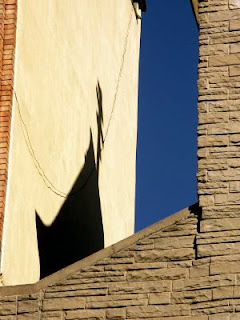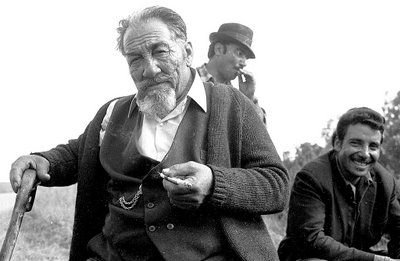Everything is An Argument
Musings About Rhetoric in a Postmodern Age
Monday, February 26, 2007
Sunday, February 18, 2007
Sunday, February 11, 2007
Saturday, February 10, 2007
Henri Cartier Bresson Moment

Taken with a 24mm wide angle lens in the Mexican silver mining town, San Luis Potosi, this photograph represents my best effort to learn from the historic photographers. It has won its share of prizes. (WHW 1997)



























